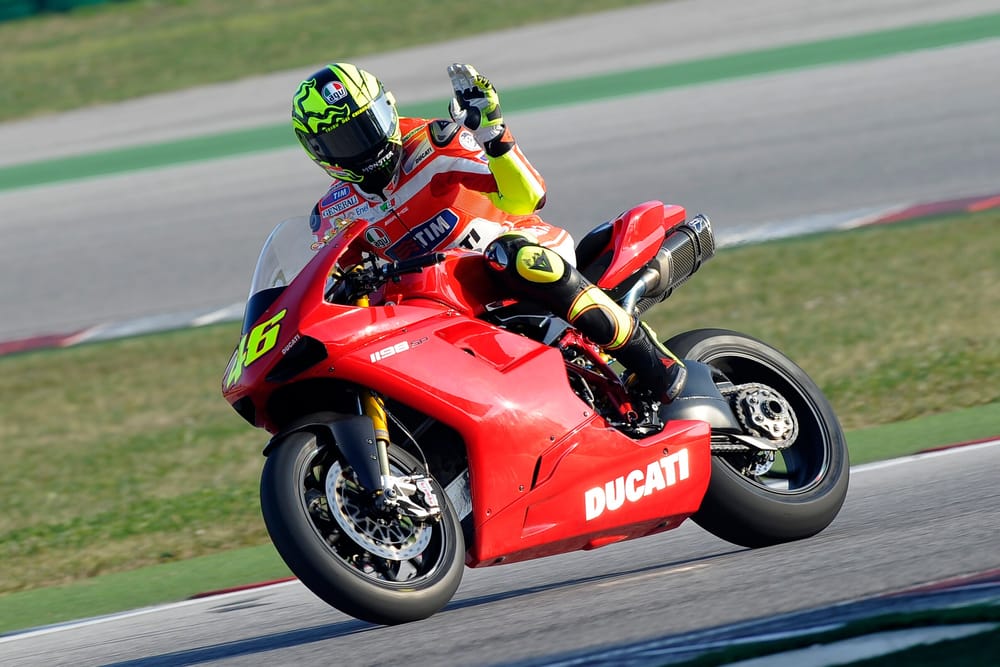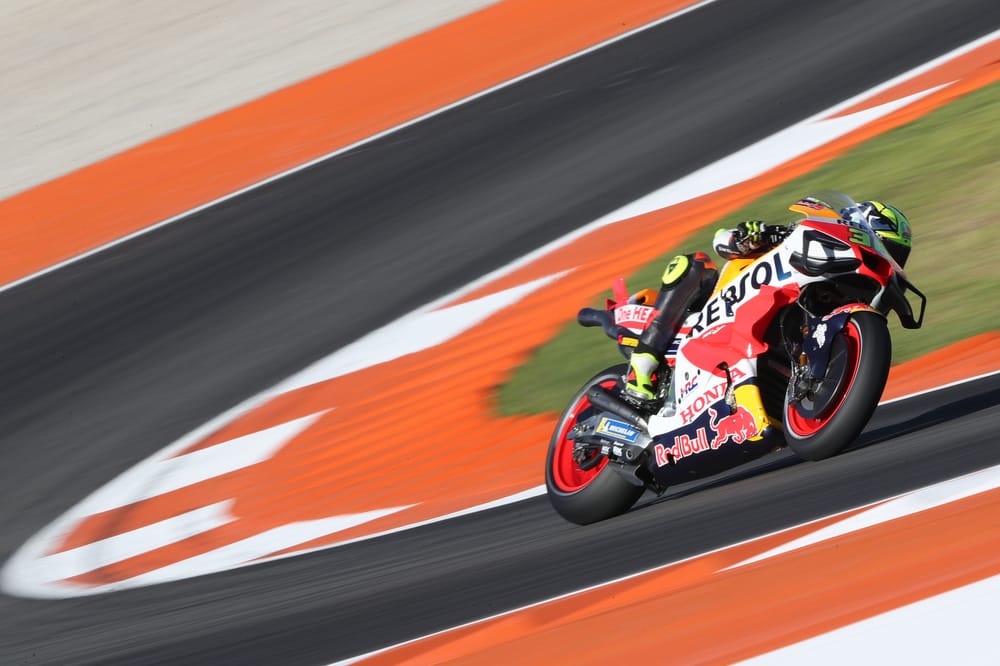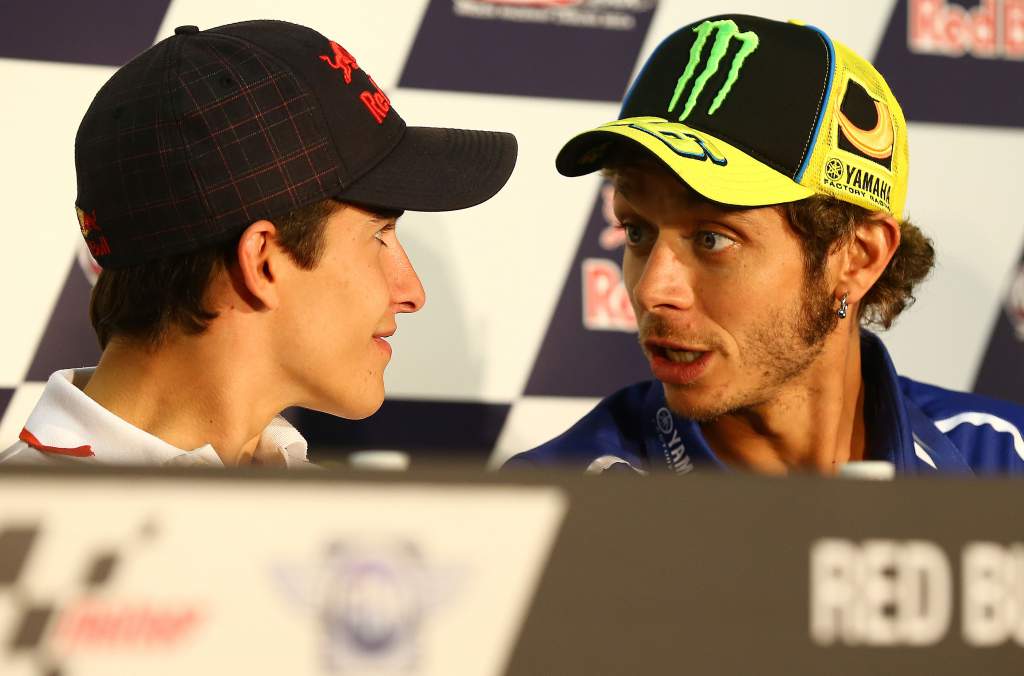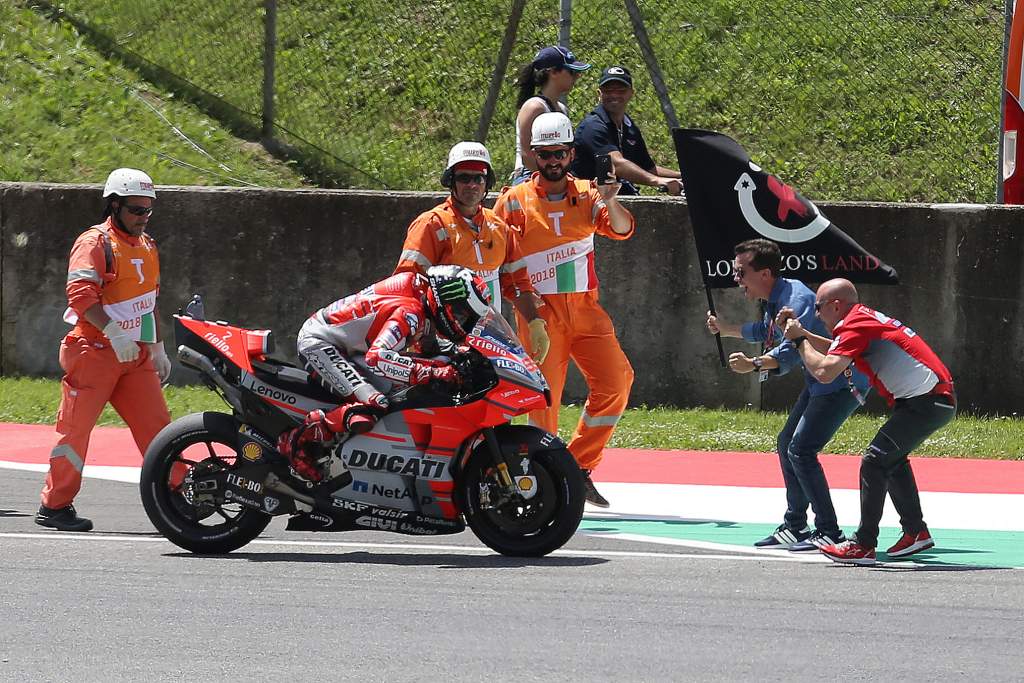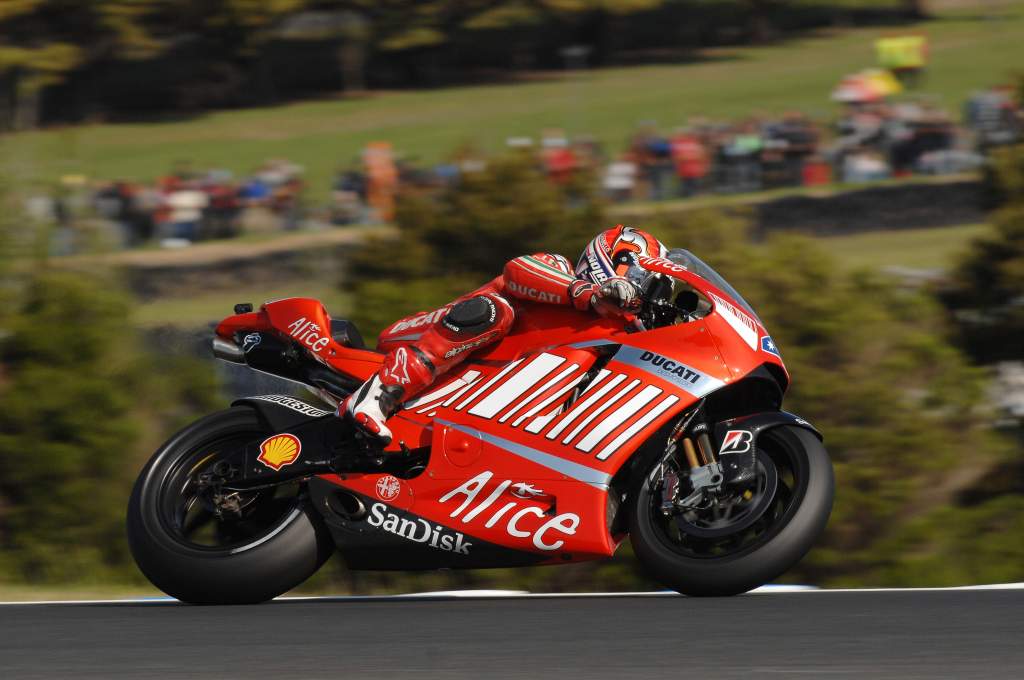MotoGP's 'aliens' era is more or less over, but one of those aliens remains - and for 2024 he cooked up exactly the kind of move that the premier class had been a little starved of.
A proven superstar pushing his chips in on a gamble that not only can alter the entire competitive landscape, but should do so, is always special. And when it comes to MotoGP, its modern era has been punctuated by those kinds of moves every half-decade or so.
Marc Marquez swapping his Honda for a Gresini-run year-old Ducati is the latest example. For it to be the greatest, it has to surpass the five team switches below - a task ranging from a virtual given for the earlier entries to being almost mission impossible when it comes to the saga in the number one spot.
5. Jorge Lorenzo to Honda (2019)
A one-year tango best forgotten
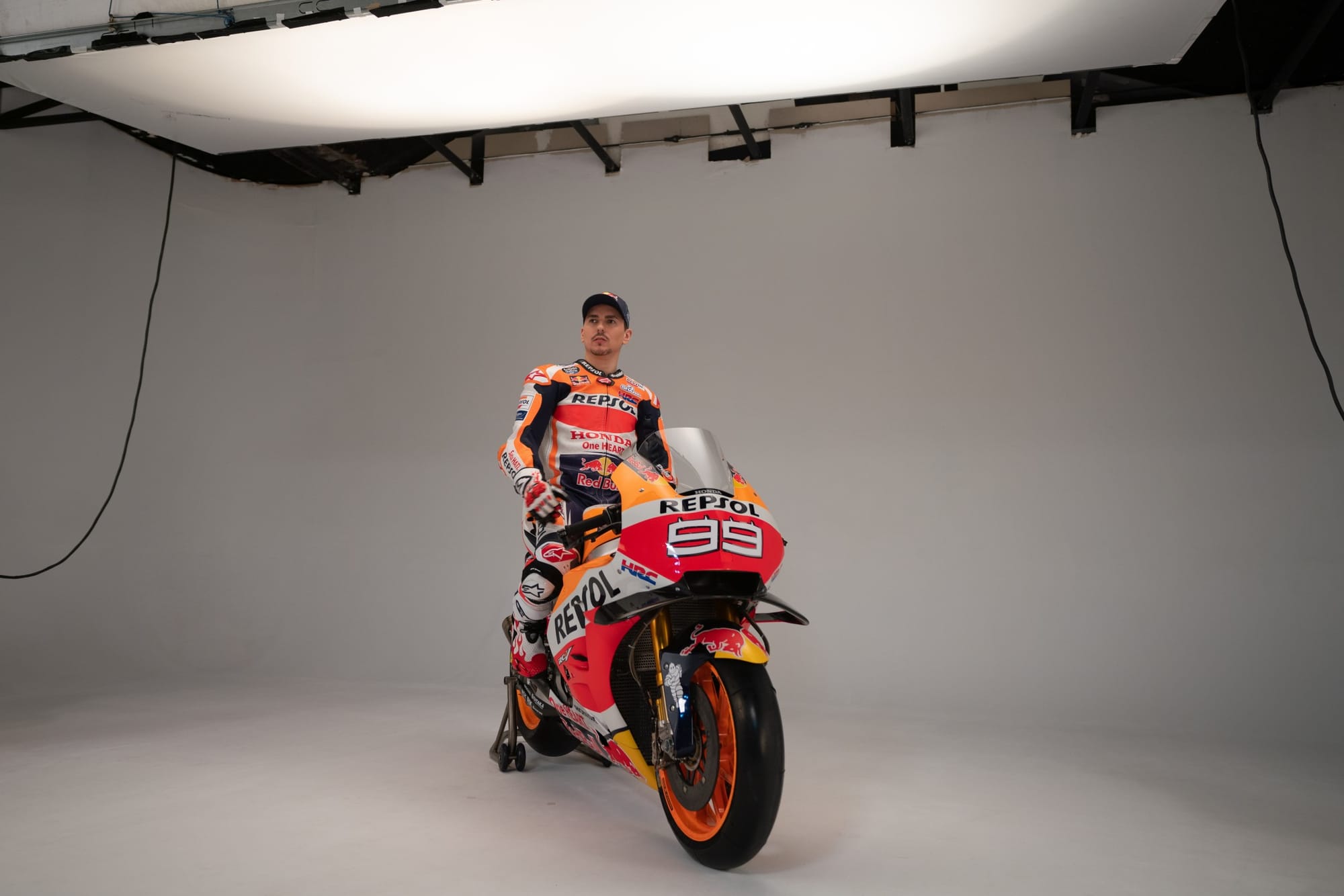
For all the understandable and unavoidable 'superteam' talk coming from pairing up the two riders who up to that point had combined to snatch every title since 2012, Jorge Lorenzo was never going to have an immediate Marquez-level impact at Honda. Especially not coming off an injury-laden end to his Ducati tenure.
The question instead was whether, like he had done before, Lorenzo would be able to chip away - fast enough and substantially enough - at his misalignment with a complicated bike that didn't seem to suit him.
And if you squinted a bit in that first half of 2019, even while team-mate Marquez romped away out front, you really could see some marginal fruits of Lorenzo's work. You really could talk yourself into believing it was going to click sooner or later.
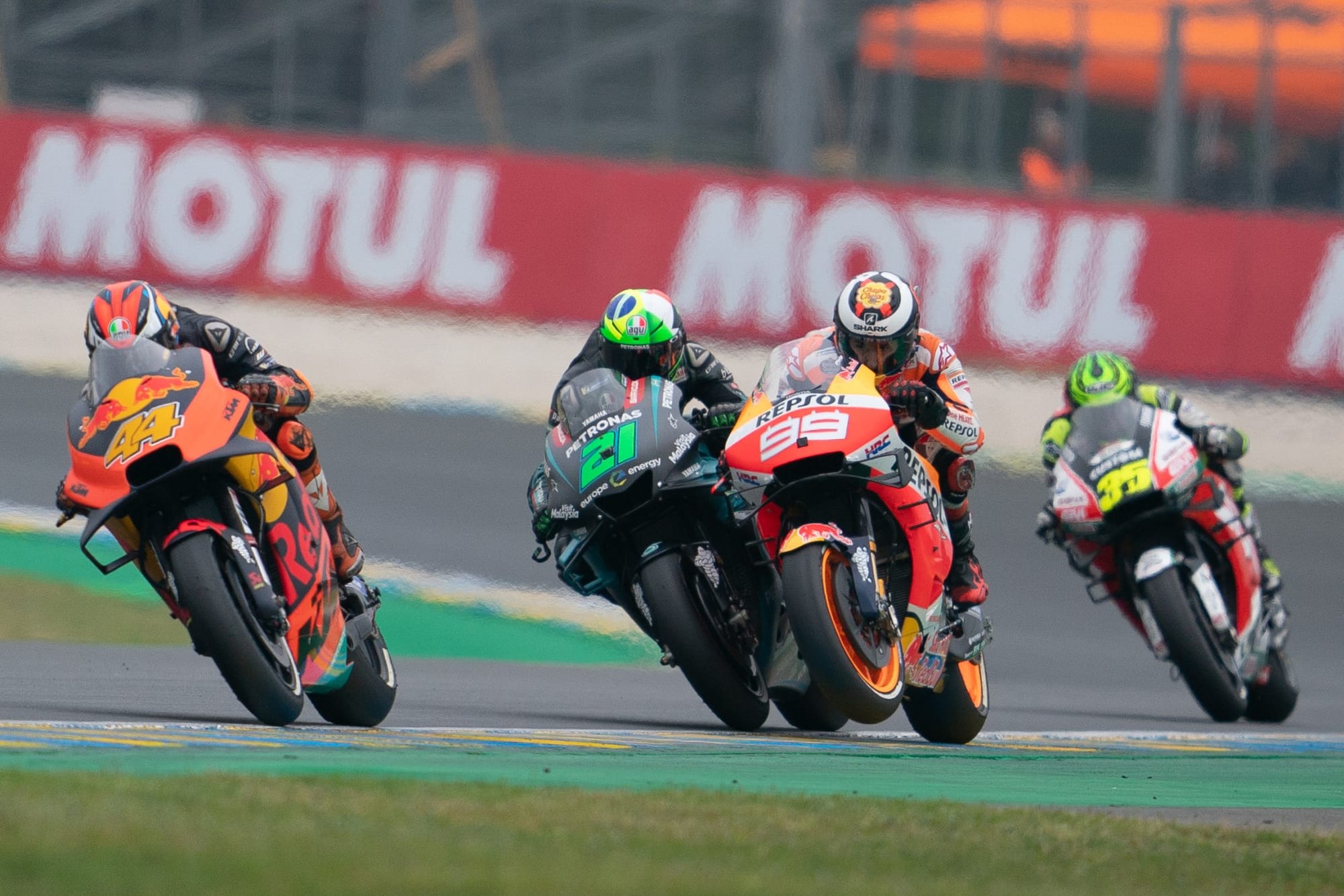
Yes, it was quite something watching him somehow wipe out all of Marquez's title rivals at Barcelona, but the fact he had been far enough up the order to do that suggested things were being worked out.
Then Lorenzo crashed badly in testing the following Monday. Then he crashed worse at Assen. Season derailed, career done.
"Especially the injury at Assen helped make my decision for me," Lorenzo told The Race back in 2020.
"Without that, I would probably have stayed and tried another year, but it changed my way of thinking a lot and retirement became a real thought.
"I struggled and suffered a lot at Honda, and there was no [results] compensation for it."
4. Valentino Rossi to Ducati (2011)
A bridge too far
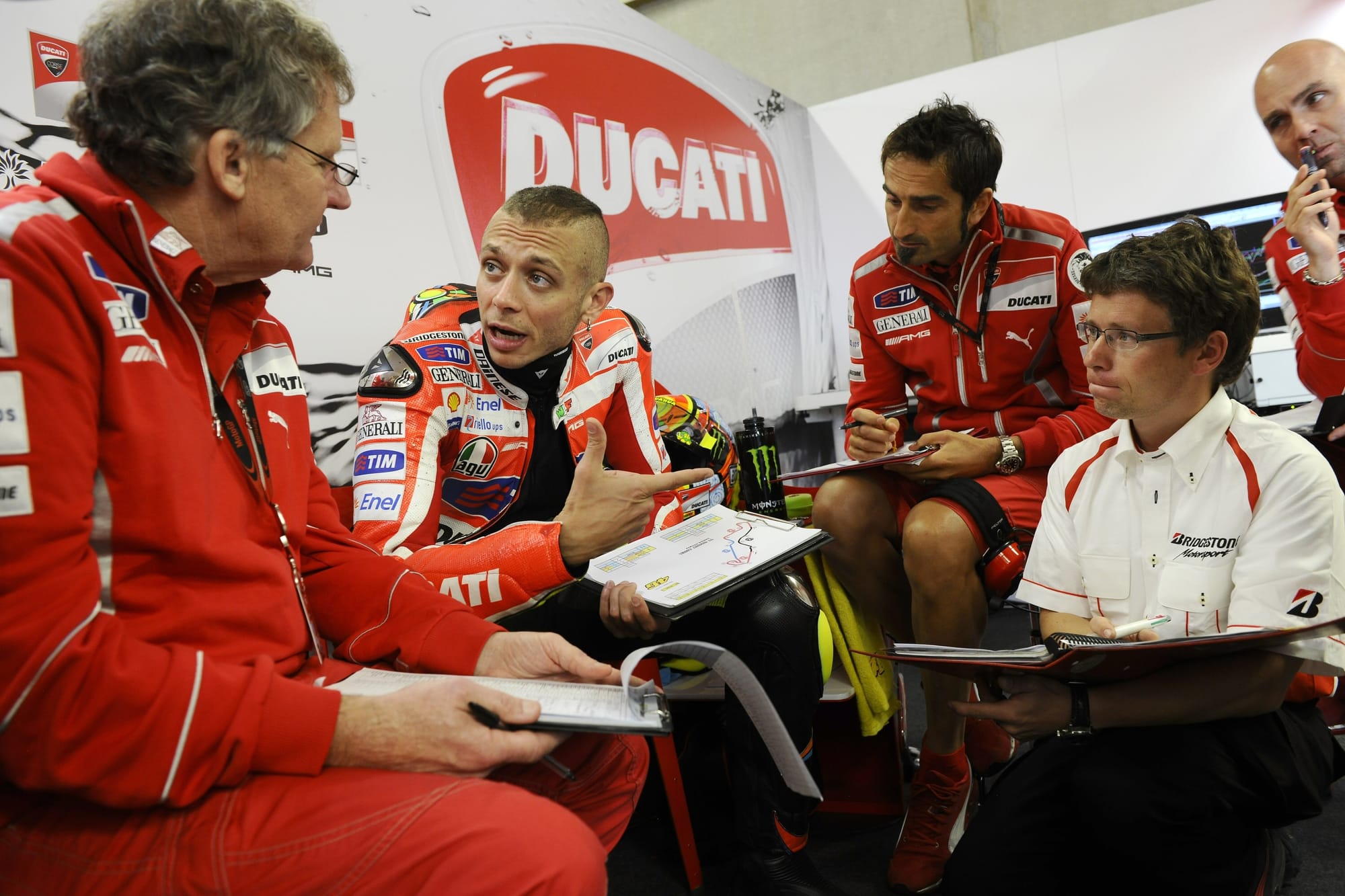
Most of the changes on this list are a result of either someone becoming pissed off with their team or factory, or finding the desire for a new challenge. What makes Valentino Rossi’s move to Ducati different is that at the time it felt like more than that - like the opportunity to complete an Italian fairytale.
It came at a time when, while not at all unhappy with Yamaha, he had certainly lost some of his shine given up-and-coming hotshot Lorenzo was emerging as the rider to beat. A season-wrecking injury, Lorenzo's ascent and Casey Stoner’s Ducati departure meant the timing was suddenly right for Rossi to try to achieve something that would almost be mythical given the stature of both him and Ducati in Italian consciousness.
And yet, it became clear only minutes after he jumped off the Desmosedici for the first time that he might have bitten off more than he could chew.
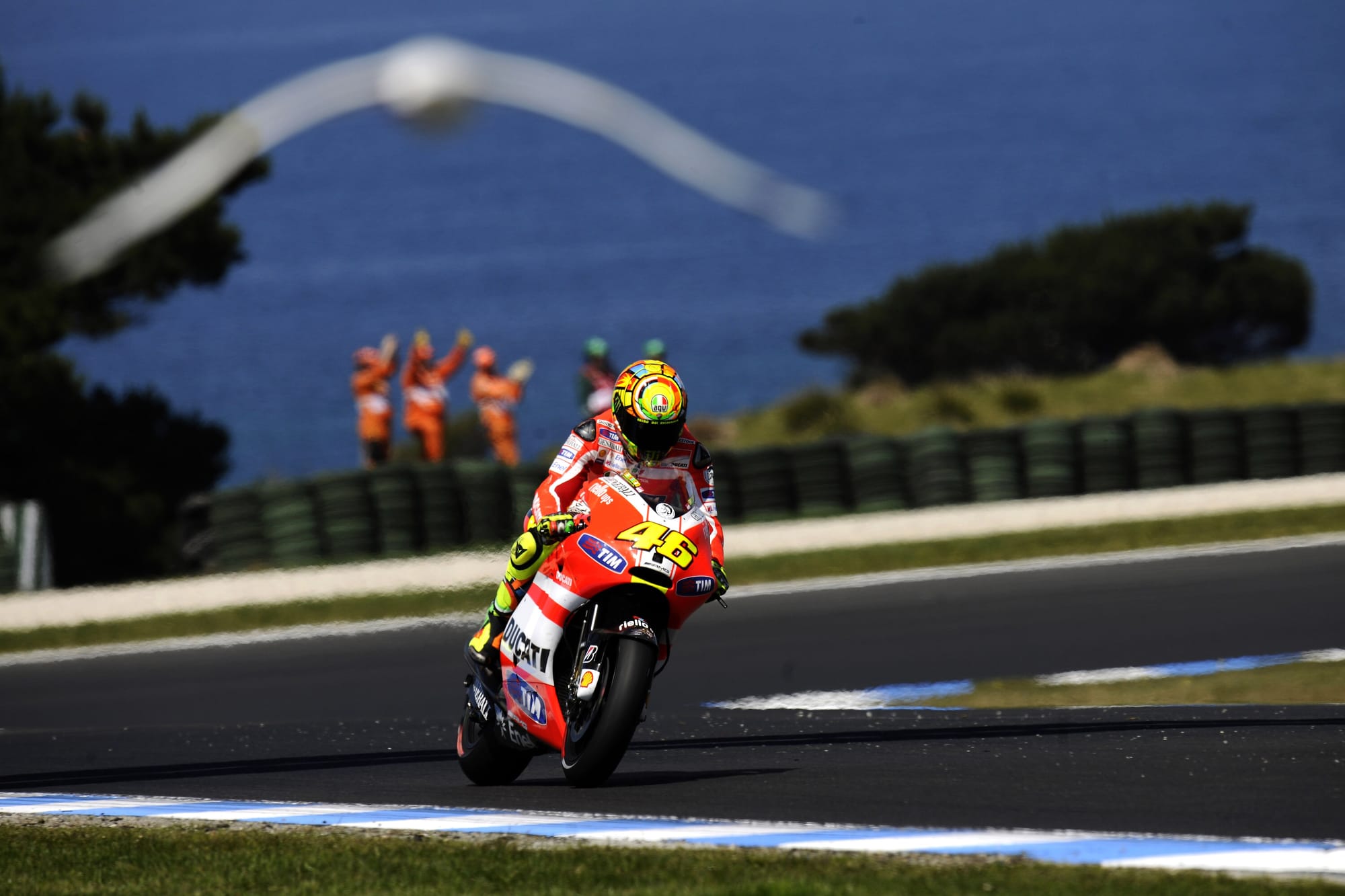
On a difficult bike, its capriciousness compounded by the complicated nature of its then-experimental carbon-fibre frame that used the engine itself as a stressed component, Rossi never found a way to routinely go fast.
What followed fast is now historic for all the wrong reasons rather than what he had hoped for. Just one podium in his first year and two the following, a swift return to Yamaha came in short order.
3. Jorge Lorenzo to Ducati (2017)
Delayed pay-off
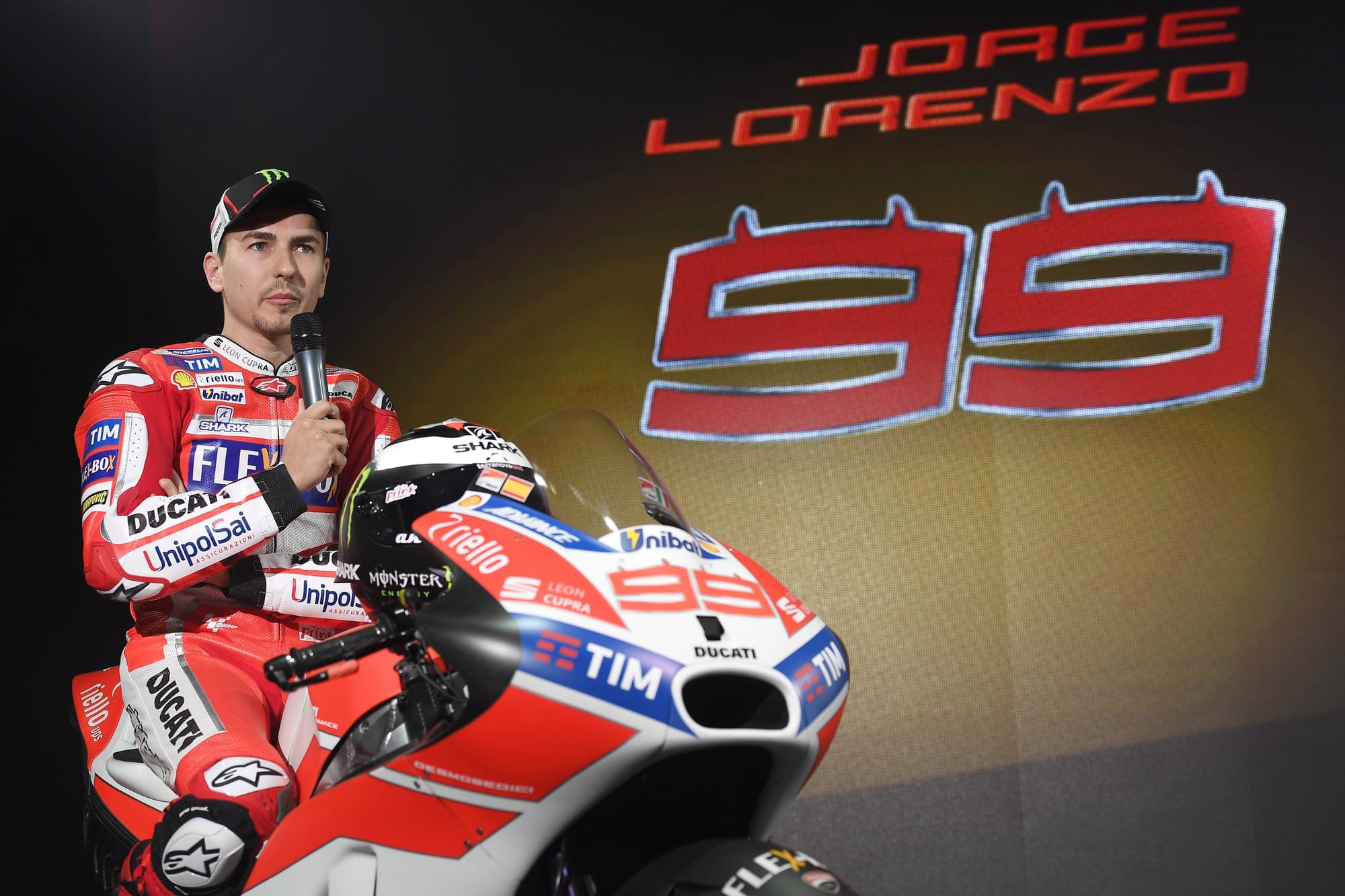
Ducati's shortcut to a MotoGP title, and Lorenzo's shortcut to being the undisputed number one within a team (and being handsomely rewarded for it financially).
That masterplan was a far, far cry from what actually happened to begin with, which was Lorenzo fighting his way through a difficult adaptation to the Desmosedici while being repeatedly asked to play the support act to an Andrea Dovizioso title challenge.
Lorenzo did figure out the Ducati eventually - or, rather, helped Ducati figure him out, via those famous ergonomics changes.
In having travelled that path, Lorenzo clearly also played a part in turning the Desmosedici into the juggernaut masterpiece that it is today.
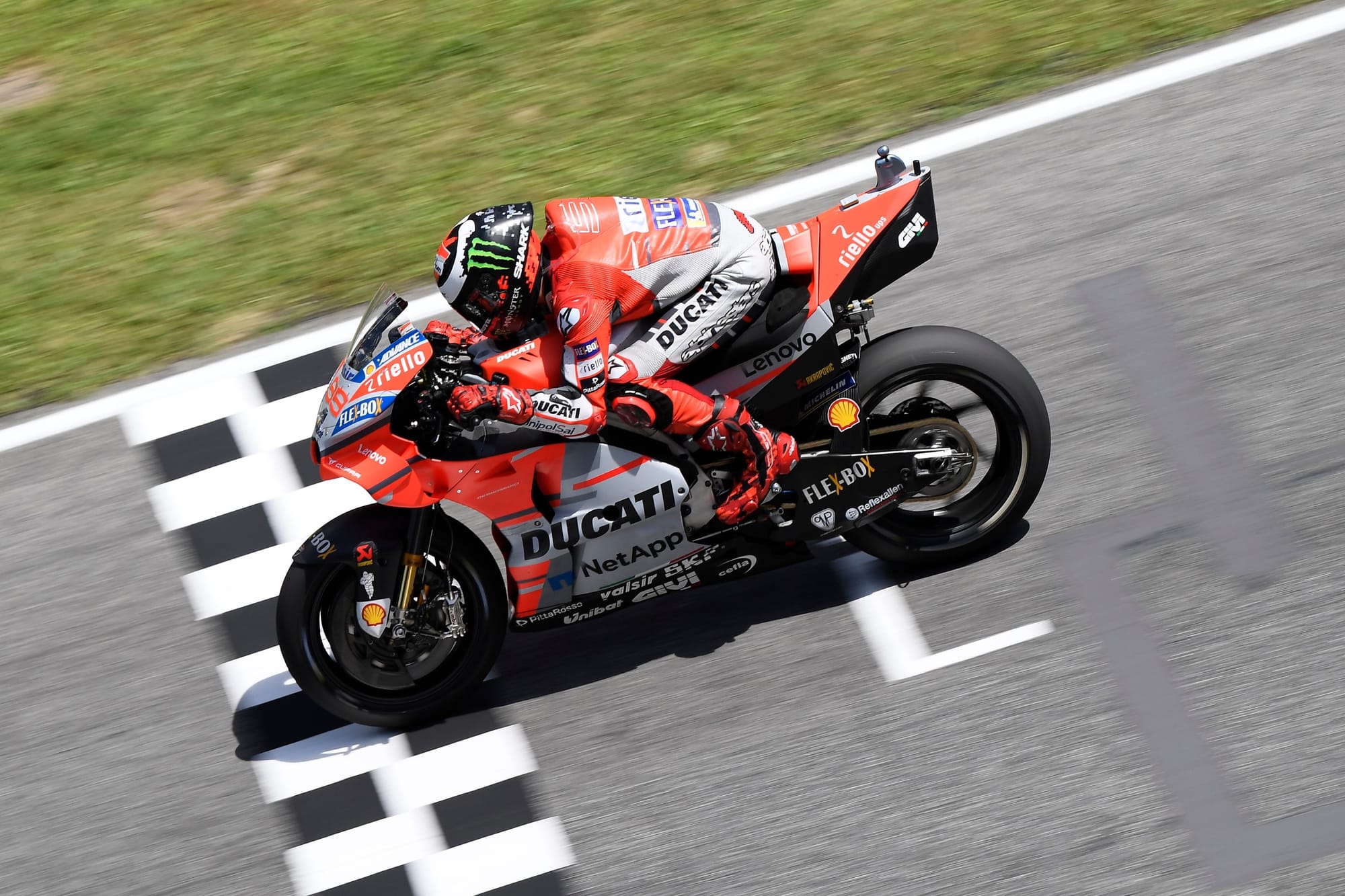
But all of that pay-off came after Ducati brass had clearly already decided that, with Dovizioso leading the way on a fraction of the salary, the return on investment wasn't there with Lorenzo.
If it had been a lower-profile move, for less money, with less expectation, it would've probably lasted longer and brought in much better results. Ducati, though, can hardly complain about the knock-on effects.
2. Casey Stoner to Honda (2011)
Came, saw, conquered
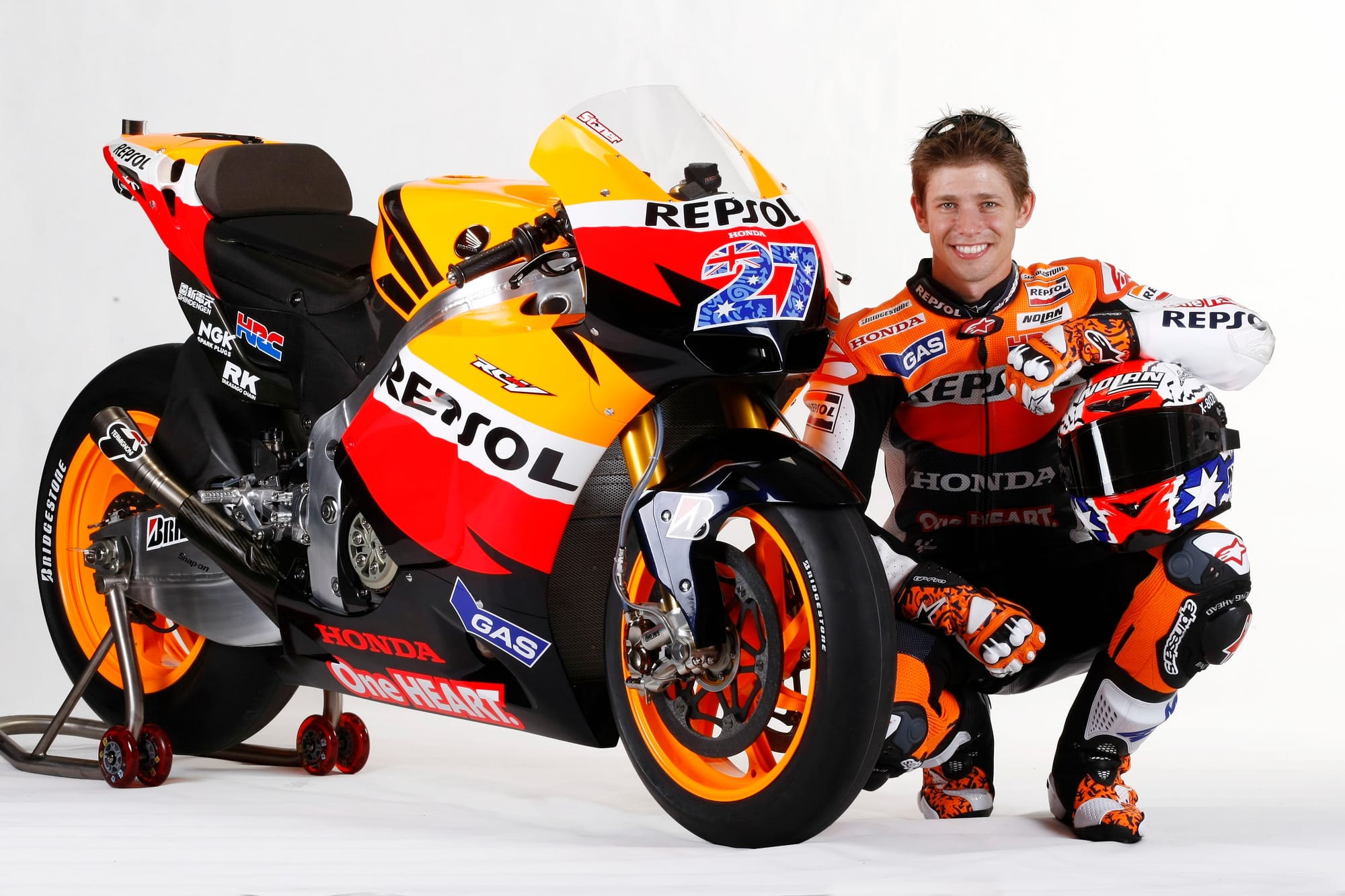
When Stoner ended up as a factory Ducati rider only one year into his MotoGP career, it came as something of a shock.
He was far from the Italian factory’s first choice but, when he got onto the new 800cc Desmosedici, he soon showed he probably should've been. Winning three of the first four races and taking the title in 2007, it looked like a match made in heaven even on a Ducati that, in anybody else's hands, wasn’t anywhere as good as some of the other bikes on the grid.
But the bike's shortcomings were more of a hindrance in subsequent years, and the situation was made even tougher by the emergence of chronic health issues that didn’t just harm Stoner's racing career but also damaged his whole relationship with Ducati.
And as former Ducati team boss Livio Suppo departed the Italian brand for Honda, it paved the way for Stoner to follow - a shock move that turned out to be one of the smartest on this list given what came next.
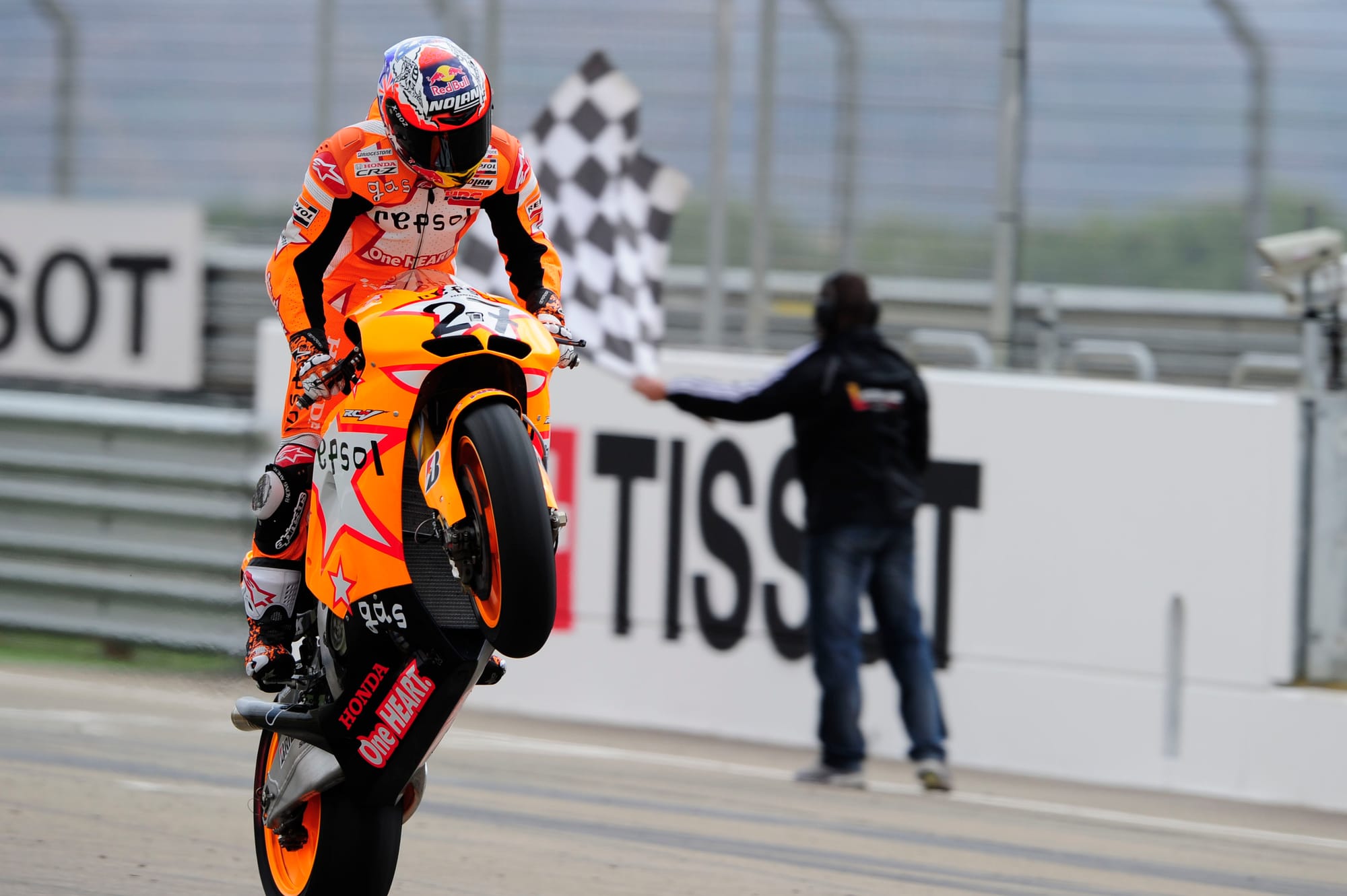
It was a potent combination from the get-go, and grabbed a championship that would've otherwise been unavailable to a Ducati-riding Stoner (and probably a Stoner-less Honda, too) in 2011.
With two titles under his belt, the Aussie was able to walk away from the sport with a clear conscience at the end of the following season.
1. Valentino Rossi to Yamaha (2004)
Wildest dreams
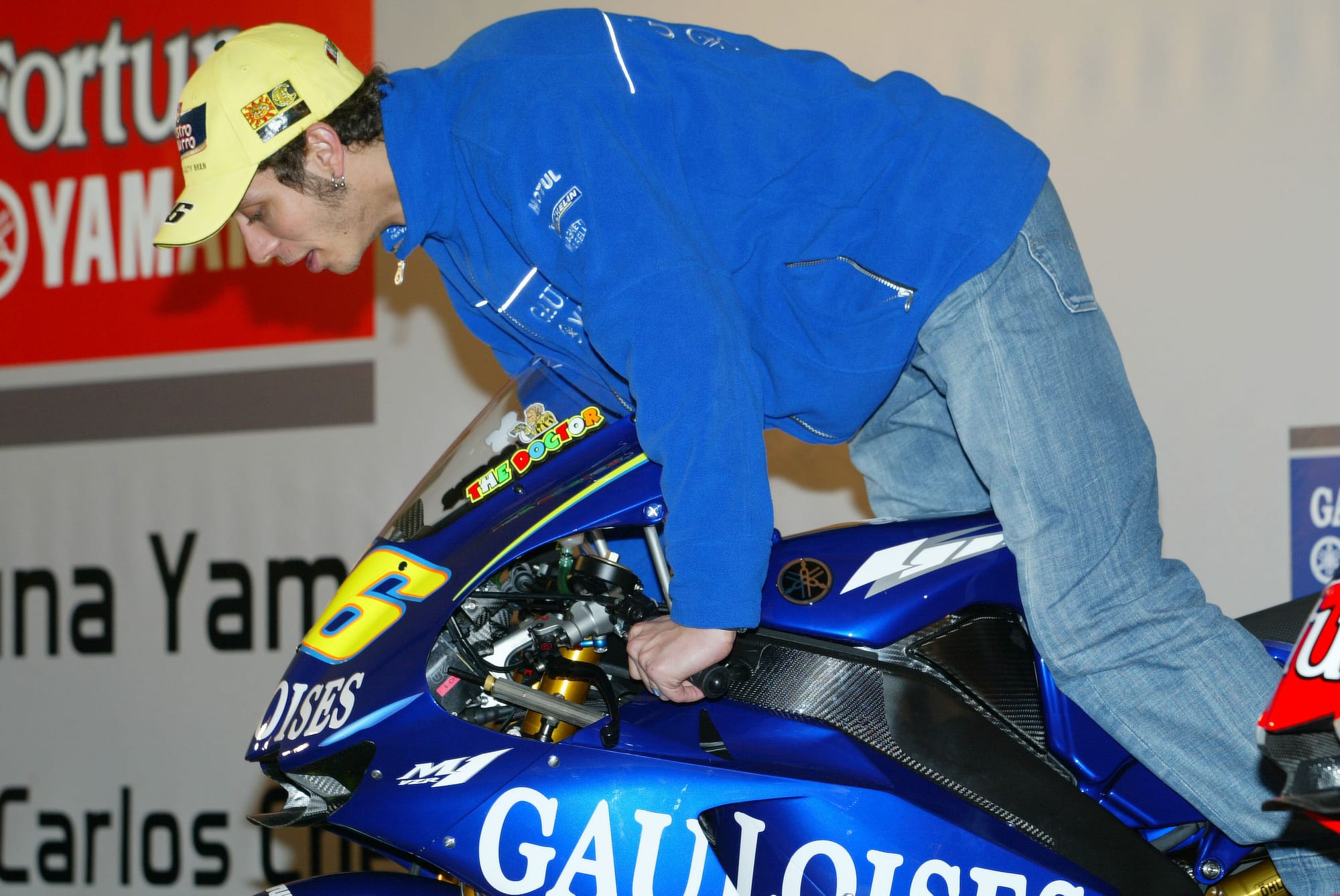
The one and only, the archetype, the move that showed how a single figure can completely change the gravitational pull even in a contest as high-tech and high-stakes as this one.
Listen to "How Rossi and Yamaha defied the odds in 2004" on Spreaker.Yes, there were factors that aligned nicely. Rossi got to bring his whole crew with him. He had the leverage and track record to ensure he was his new employer's 'chosen one', with no expense spared to make him champion. And the winless 2003 Yamaha had been succeeded, just in time for his arrival, by the first M1 properly overseen by Masao Furusawa and incorporated his new four-valve, irregular-fire crankshaft engine.
But Rossi's big gamble also coincided with MotoGP implementing testing restrictions - and Honda, famously, did not let Rossi test the Yamaha in late-2003.
Whatever grace period that should've translated to wasn't long enough for Rossi's rivals, nor his former employer.
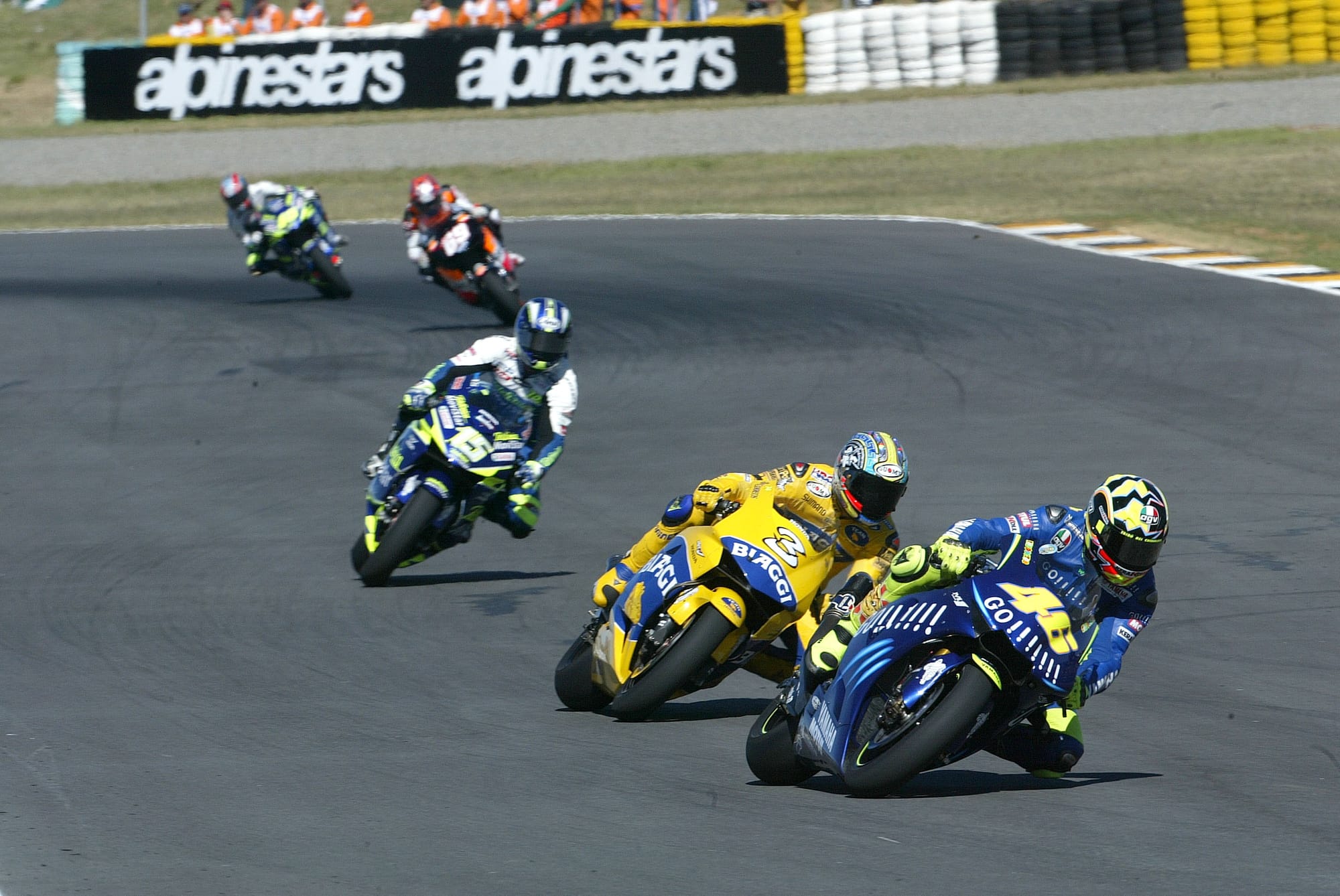
He won right away at the Yamaha friendly-Welkom circuit in South Africa, built an immediate championship success around a pair of victory hat-tricks, then gave Yamaha three more titles over the next five years.
But it's that immediate 2004 transformation, the complete change Rossi represented to Yamaha's fortunes, that means the only way for Marquez to match that sort of impact in 2024 wouldn't be just to win on a Ducati (for that is no novelty) but to win on it so many times and by so much that, like Rossi, he has rewritten the very fabric of this current era of motorcycle grand prix racing.

